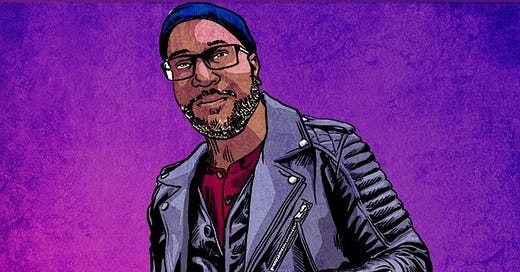This guest essay (a meditation on what exactly “selling out” could even mean) was kindly contributed by my good friend Jason Myles. It’s a very different kind of thing than what you usually read here, but I always enjoy Jason’s writing, and I hope you guys do too. You can (and should) read him at Damage Magazine and check out his podcast This is Revolut…
© 2025 Ben Burgis
Substack is the home for great culture





